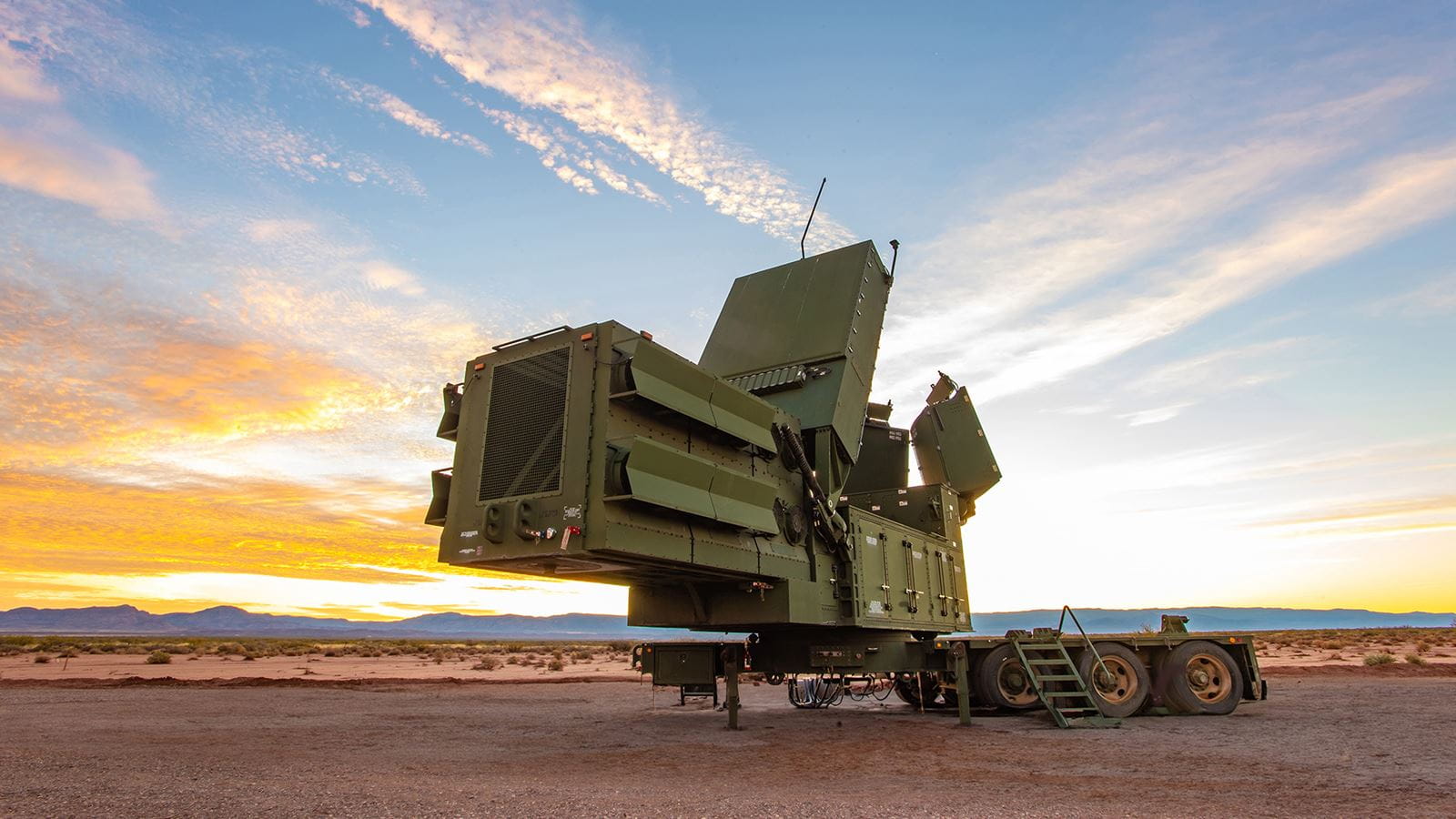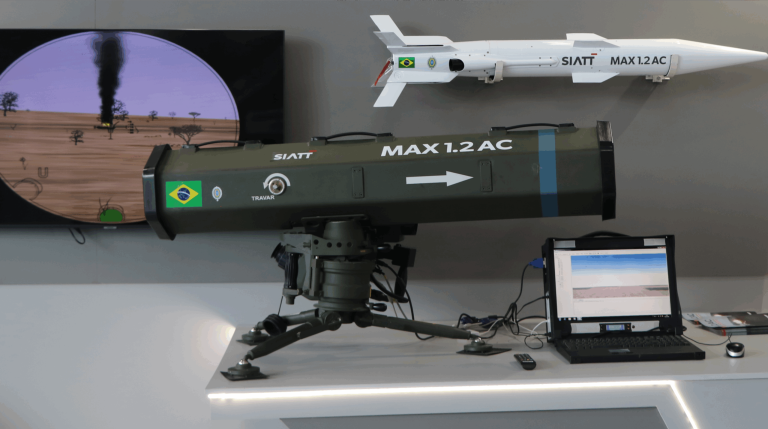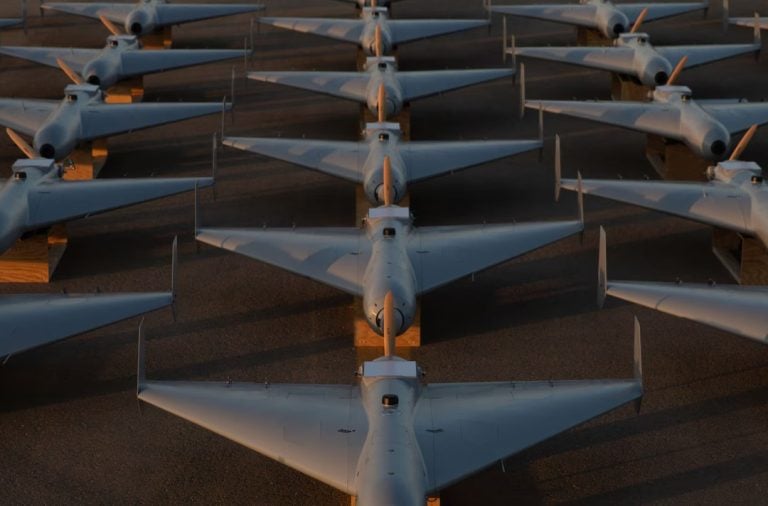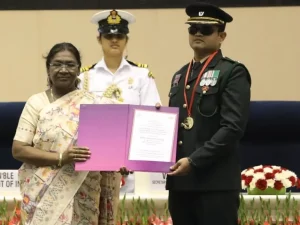Safran Federal Systems has secured its role in supporting the U.S. Army’s Lower Tier Air and Missile Defense Sensor (LTAMDS) program, which has officially entered low-rate initial production. This follows the company’s selection for the LTAMDS initiative in 2020. Safran provides its advanced VersaSync Flex system, which is crucial for delivering precise and robust timing necessary for the radar’s comprehensive 360-degree detection capabilities.
Developed by Raytheon, the LTAMDS is a sophisticated, next-generation radar system aimed at effectively tracking and neutralizing an array of complex threats, including hypersonic weapons, advanced ballistic missiles, and unmanned aerial systems. The program recently achieved the Major Capability Acquisition Milestone C status from the Department of Defense, signifying its transition into production and its official designation as a program of record.
Official statements from Safran highlighted the significance of the company’s ongoing involvement in this high-tech program. President and CEO Hironori Sasaki conveyed that this continued partnership underscores their commitment to delivering resilient time synchronization technologies, which are vital for the modernization of U.S. defense systems and those of allied nations.
The primary function of the LTAMDS is to replace the Army’s outdated Patriot radar systems, enabling continuous threat detection while also integrating seamlessly with other U.S. Army air and missile defense assets. This integration is essential for bolstering reaction times and enhancing situational awareness on the battlefield.
LTAMDS employs advanced radar arrays complemented by resilient timing systems like Safran’s VersaSync Flex. These technologies ensure precise operations, even in challenging environments where GPS signals may be compromised.
In a notable milestone, Raytheon successfully demonstrated a simulated missile interception utilizing the LTAMDS radar in July 2024. This success underscores the potential effectiveness of the system in real-world scenarios.
In addition to LTAMDS, the Army is actively pursuing several supplementary initiatives aimed at modernizing its air and missile defense framework. Among these is the Integrated Air and Missile Defense Battle Command System, designed to interconnect multiple sensors and interceptors across a networked battlefield. This network enhances coordination and target engagement efficiency.
Another component of this modernization effort is the deployment of GhostEye radars, also developed by Raytheon. These radars are engineered for high-performance detection and tracking of fast-moving threats, including cruise missiles and drone swarms, further enhancing the Army’s defensive capabilities in contemporary warfare scenarios.
















